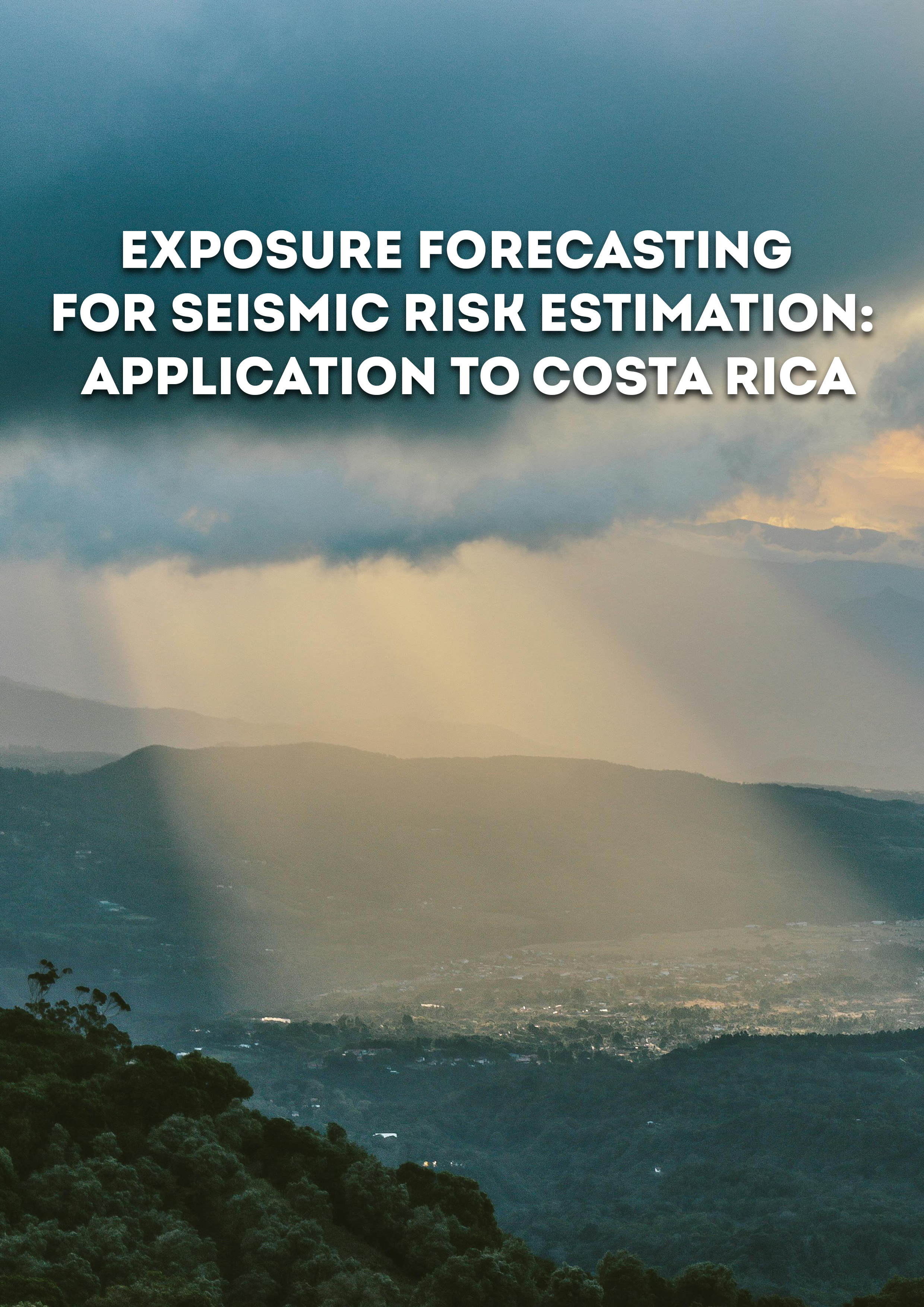top of page
Exposure forecasting for seismic risk estimation: Application to Costa Rica
2021
|
Peer-reviewed
This study proposes a framework to forecast the spatial distribution of population and residential buildings for the assessment of future disaster risk. The approach accounts for the number, location, and characteristics of future assets considering sources of aleatory and epistemic uncertainty in several time-dependent variables. The value of the methodology is demonstrated at the urban scale using an earthquake scenario for the Great Metropolitan Area of Costa Rica. Hundreds of trajectories representing future urban growth were generated using geographically weighted regression and multiple-agent systems. These were converted into exposure models featuring the spatial correlation of urban expansion and the densification of the built environment. The forecasted earthquake losses indicate a mean increase in the absolute human and economic losses by 2030. However, the trajectory of relative risk is reducing, suggesting that the long-term enforcement of seismic regulations and urban planning are effectively lowering seismic risk in the case of Costa Rica.
bottom of page








